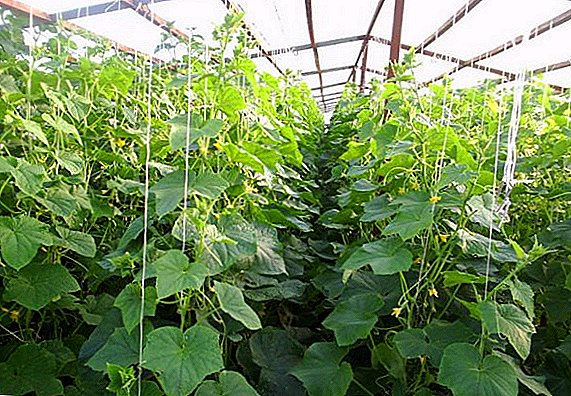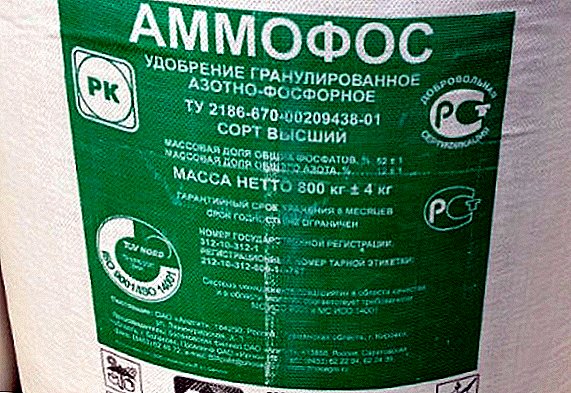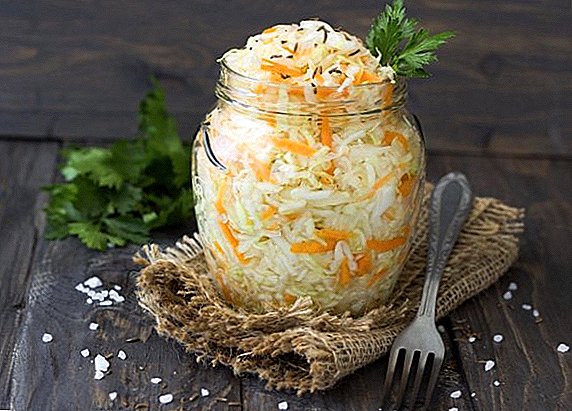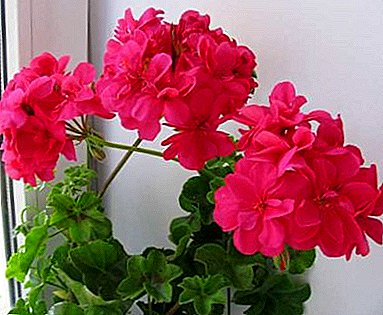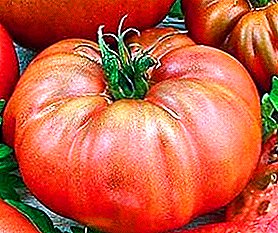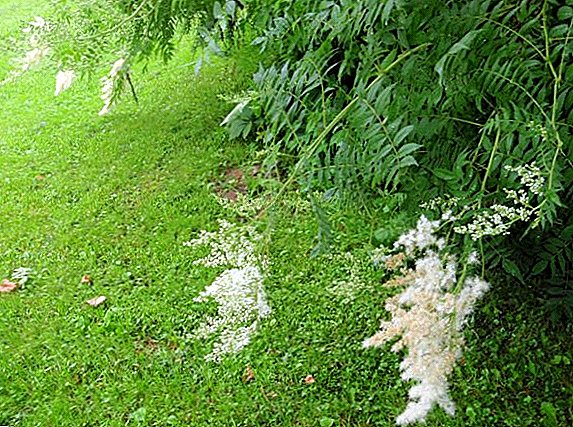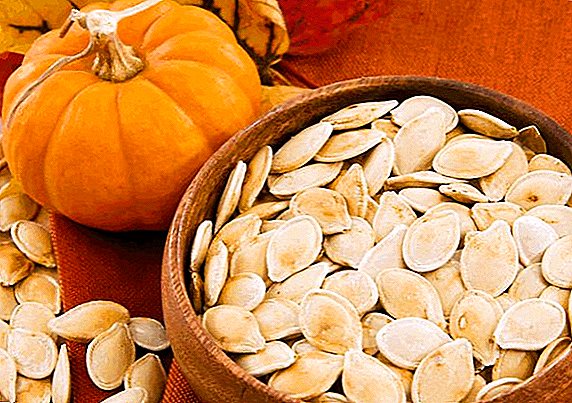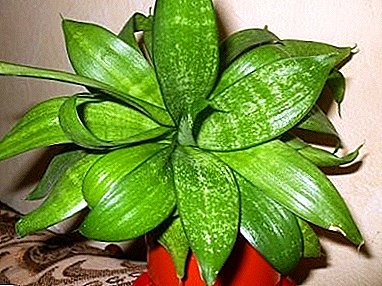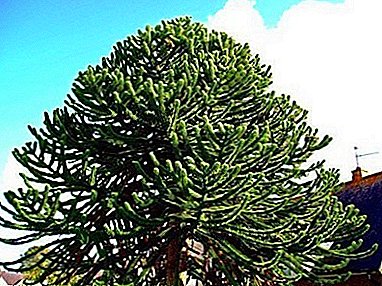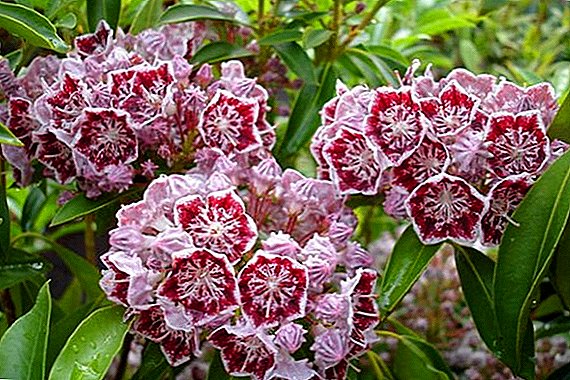 Kalmiya is a perennial plant and belongs to the Vereskov family. Originally from shrubs from North America. It grows at home, in Canada and in almost all European countries. There are 8 species, and 3 of them are popular garden plants: broad-leaved calmia, narrow-leaved kalmi and multi-leaved kalmi. In this article, we will focus on planting and further care of this plant.
Kalmiya is a perennial plant and belongs to the Vereskov family. Originally from shrubs from North America. It grows at home, in Canada and in almost all European countries. There are 8 species, and 3 of them are popular garden plants: broad-leaved calmia, narrow-leaved kalmi and multi-leaved kalmi. In this article, we will focus on planting and further care of this plant.
Biological features
These shrubs, depending on the type, grow from 40 cm to 2.5 m. There are many flowers, and they are 1-3 cm in size. Petals are white, pink, purple, and some have two-colored ones.
Lanceolate leaves have a length of 2-15 cm. They are dense and spirally arranged along the stem. Leaves vary with a frequency of 2 years.
Important! Kalmiya is a poisonous plant. It contains a substance such as glycoside andromedotoxin. Poison acts when ingested, and pollen causes irritation of the eye membranes.What looks like a calcium, you can see in the photo below.

Rules for the purchase of seedlings
It is best to buy seedlings from trusted suppliers who have been selling plants for many years - they will not risk their reputation and will not offer low-quality shrubs.
Saplings should have dark green leaves. Plants whose leaves are only at the ends of branches, it is better not to buy - this means that they have fallen roots, and they will grow poorly. Saplings must be sold in containers. There should be no damage on the leaves and branches.
Choosing a landing site
Before planting calcium, it is necessary to determine the place where this shrub will grow. 
Lighting
The plant prefers to grow in partial shade, but can endure bright sun. It is best to plant a shrub under a tree that casts a shadow and provides variable lighting. The landing site must be protected from winds.
The soil
The best soils for calcium are considered acidic. Also well shrub will grow on loose, wet, fertile lands. Clay and sandy soils need to be improved with peat or leafy soil.
It is not recommended to plant a plant in peaty and heather soils, as they make the shrub not very resistant to adverse conditions.
If the soil is not suitable for planting, then you can make a soil mixture of peat, leaf soil, sand, and conifer litter should be included. Kalmia does not tolerate stagnant water, therefore it is recommended to make drainage from broken brick and sand.
Important! The plant does not like the presence of lime in the soil, so do not use limestone rubble.

Stepwise landing process
Favorable time for planting shrubs is spring. After selecting a place, it is necessary to dig a hole, which will be 2 times the root ball of the plant. When planting several plants, it is necessary to adhere to the distance between them not less than 80 cm.
Next you need to get the calcium from the container and straighten the roots. A small amount of earth is poured at the bottom of the pit. Full mineral fertilizer can be applied to the soil. The shrub should be planted at the same depth as it grew in the container.
Next, the hole must be covered with earth. The soil must be well compacted around the plant and watered. It is recommended to mulch the soil with bark - this will help retain moisture and retard the growth of weeds.
Use in landscape design
Calmium is often used for landscaping. They are valued for beautiful flowering and for the fact that they retain their decorative effect all year round. These plants are decorated with gardens, ponds, stone gardens, rock gardens.  These shrubs are evergreen and have dark foliage, so they look good in compositions. The main thing - to choose the right neighbors. Kalmiya grows well with heather, fern, and rhododendrons. The plant also develops well along with hornholes.
These shrubs are evergreen and have dark foliage, so they look good in compositions. The main thing - to choose the right neighbors. Kalmiya grows well with heather, fern, and rhododendrons. The plant also develops well along with hornholes.
Did you know? The narrow-leaved kalmia initially had another name - hamedafne narrow-leaved. It has been grown since 1736.
Care Tips
Next, consider tips for the care of calcium.
Watering, weeding and loosening
The plant can tolerate temporary drought. But for full flowering it is necessary to water the bush in hot time 1 time in 2 weeks, using 10 liters of water for each plant.
To loosen the soil around the calcium is necessary after watering, so as not to form an earth crust. This should be done carefully so as not to damage the roots. You also need to weed the ground as weeds appear.
Top dressing
From April to mid-June, they fertilize the plant 2-3 times. In the spring of 30 g of urea is diluted in 8 liters of water and fed shrubs. During active growth, it is necessary to dilute the slurry 1:15 and use 3-5 liters for each bush. Calcium can also be fed fertilizer for rhododendrons. 
Pruning
Calmia needs sanitary pruning. Remove broken and dead branches. Thickened bushes are recommended to ventilate, thinning them slightly.
Preparing for the winter
Preparation for cold weather includes abundant watering and mulch. When the cold came, it is necessary to provide shelters for young bushes. The frame can be a box without a bottom. From above it should be covered with dry leaves, spruce branches or lutrasil.
Did you know? Multi-leaved and narrow-leaved calmia can withstand temperatures down to -40 ° C.
Disease and pest resistance
This shrub is very resistant to pests and diseases. Very rarely, if improperly watered plants, they can be affected by fungal diseases. With a local lesion, diseased leaves are removed and burned.
If the fungus has engulfed many parts of the shrub, then it is recommended to spray Calmate with a solution of “Benlate” or another fungicide with the same method of action. 
Breeding methods
Calcium can be propagated by seed or cuttings.
Seeds
The collected seeds must be cleaned and dried in a closed container at 5 ° C and humidity of about 5%. Ready seeds are sown at the end of the first month of winter. It is necessary to pour sphagnum and peat into the pot, and sand on the surface. Seeds are sown from above, they can not be buried.
Boxes should stand in the open air or loggias where there is enough light. The soil should be kept moist. In the spring, containers are moved to a warm room, covered with film and kept at a temperature of about 24 ° C during the day and up to 10 ° C at night.  Approximately in 30 days the first shoots will appear. Usually germinate 90% of seeds. For a year, the bush grows by about 5 cm. Calmia blooms for the first time in 5 years. In the open soil should plant a plant that has reached 6 years of age.
Approximately in 30 days the first shoots will appear. Usually germinate 90% of seeds. For a year, the bush grows by about 5 cm. Calmia blooms for the first time in 5 years. In the open soil should plant a plant that has reached 6 years of age.
Cuttings
Cuttings need to be treated with root growth stimulants and planted in a greenhouse, covered with foil. For their survival it is necessary to maintain high humidity and lighting for 12 hours.
The roots should appear after 4 months, but in some cases this process is delayed up to 12 months. Rooting rate of cuttings - 60-75%. In order for calmia to enjoy its beautiful flowering, it is necessary to properly care for it, following the basic tips given above. 


